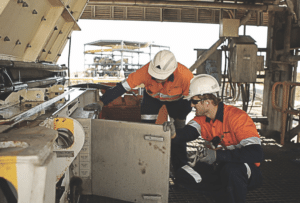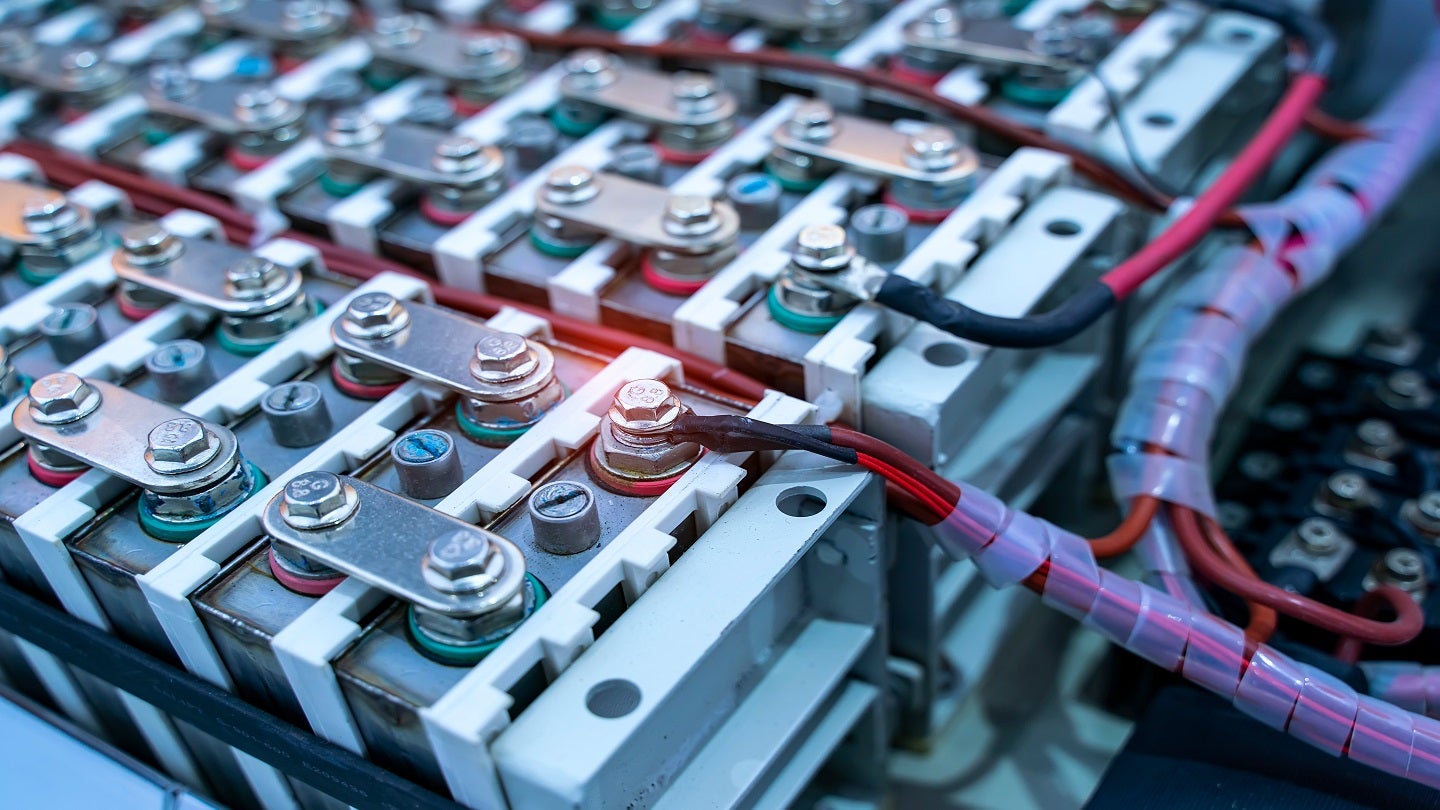McLanahan has a plan in hand to maximise site maintenance and keep operations on track.
Global processing solutions provider McLanahan knows maintenance is key to ensuring the longevity and optimal performance of any mineral processing equipment.
According to McLanahan director of global sales – mining Lee Hillyer, to get the best operation and lifespan from your equipment, it is vital to establish and follow a preventive maintenance schedule.
“A maintenance strategy should be determined based on the needs of each specific site, using the maintenance guidelines in the equipment manual as a baseline for the minimum requirements,” Hillyer told Australian Mining.
“A successful maintenance program will help maximise efficiency and minimise downtime.”
A mining company or contractor should ensure their maintenance plan covers all aspects of their equipment, including routine inspections, preventive maintenance tasks and scheduled downtime for repairs, replacements and upgrades.
To help make a maintenance program a success, Hillyer recommended the following tips:
Safety first
The first rule of any successful preventive maintenance program is safety.
“First and foremost, safety protects employees and minimises the risk of accidents, but safety has other important benefits too,” Hillyer said. “It ensures compliance with mine safety standards, preserves equipment integrity and reduces downtime associated with accidents.”
The key is to provide appropriate safety training and personal protective equipment (PPE) to all personnel and ensure all personnel are familiar with and adhere to safety protocols.

Image: McLanahan
All machine safety tags should be visible and legible, and machine guards should be in place where applicable.
It is important to practice good housekeeping on site to avoid slips, trips and falls hazards. It is also important to keep up to date with safety regulations and best practice procedures.
Be consistent
Consistency is essential in a maintenance program for several reasons, all of which contribute to the overall effectiveness and success of the program.
“Consistent preventive maintenance helps to ensure the equipment is regularly inspected and serviced so that it operates at optimal performance,” Hillyer said. “It helps identify and address potential problems before they lead to failure, minimising the risk of unplanned downtime and expensive repairs or replacements.”
Consistency can increase efficiency as well as the lifespan of the equipment.
Consider OEM specialists or OEM maintenance contracts
When carrying out routine maintenance or emergency repairs, consider consulting trained specialists from the original equipment manufacturer (OEM) to preserve the long-term integrity of the equipment.
“OEM equipment has been specifically designed for the application, and there are often parts and designs that may differ from other or similar equipment,” Hillyer said.
“Having the OEM specialist service engineers who are specially trained with many years of experience on the equipment will ensure that the equipment is back up and running quickly with trouble-free maintenance until the next shutdown interval.”

Image: McLanahan
Another option to consider is an OEM maintenance contract.
“Having a maintenance contract in place allows OEMs to suitably plan and staff customers’ requirements enabling the OEM to always have labour available for planned and unplanned maintenance,” Hillyer said.
“This also allows the OEM to manage internal and external stock inventory to ensure that availability of the equipment is maintained to the highest level and unplanned maintenance is kept to a minimum.”
Don’t forget the basics
Every maintenance program should include visual inspections of components for wear or damage. This includes checking for excessive heat or noise, leaks and loose parts. Emergency stop switches should also be tested to ensure correct functionality.
Lubrication is also important for continual trouble-free operation. Contaminated lubricant, improper lubricant type and/or quantity, and incorrect lubrication frequencies can lead to component failure.
These failures are often preventable through good housekeeping and proper lubrication practices, such as:
sealing all grease and oil containers to prevent dust, grit and moisture contamination
thoroughly cleaning all grease and oil lines before installation
wiping all fittings with a clean rag before lubrication to prevent forcing contaminants into the component
knowing the volume per stroke of your grease gun to appropriately lubricate the components.
Keep spares in stock
Keeping critical spares in stock is beneficial for two reasons. First, it reduces downtime in the event of a breakdown. Mine operators don’t have to rush to find a replacement or wait for one to arrive if they already have that component in their inventory.
Second, if a routine maintenance inspection reveals a damaged or worn component, a repair or replacement can be scheduled immediately.
“Rotable spares are a great way to ensure trouble-free operation of the equipment by always having a spare on site that can be quickly used in an unplanned breakdown or as a routine maintenance changeout part,” Hillyer said.
“Having a rotable spare will increase availability significantly and help to plan maintenance tasks well in advance to guarantee labour and parts availability.”
Once a spare part is used, it’s best practice to get another on order to replace it. Use OEM spare parts for the added benefit of warranties, quality, durability, machine compatibility and overall value.
“It’s advisable to use OEM parts on OEM equipment to maintain the warranty of the equipment but also ensure minimal downtime and provide high availability to protect the long-term life of the machine,” Hillyer said.
“OEM parts are specifically designed for the applications using knowledge gained over decades spanning hundreds of different mine sites, commodities and duties around the world.”
Consider condition monitoring
To help facilitate maintenance strategies, consider adding a condition-monitoring package to your equipment to provide a more comprehensive picture of machine health. These tailored packages use a variety of sensors to analyse conditions such as temperature, vibration, motor current and more.
Condition monitoring can help detect the potential for component failures, which will reduce unexpected downtime and predict maintenance to improve maintenance programs beyond just being a calendar event.
Invest in training
Ensure maintenance personnel are well-trained on the operation of the equipment in addition to troubleshooting and repair.
“Hosting OEMs to conduct presentations on their machines and sending personnel to industry conferences and educational sessions is a good way to invest in staff for the future,” Hillyer said. “Staying informed will keep maintenance personnel up to date on the latest technologies and maintenance best practices.”
Continuous improvement
Continuous improvement is vital for any successful preventive maintenance program. Once a program is in place, regularly review and update the plan based on performance data and feedback.
“By reviewing and updating the plan, you can ensure continued success for your maintenance program,” Hillyer said. “Nothing is worse than unexpected downtime caused by a breakdown or failure that results in loss of production and profits.”
By establishing a consistent preventive maintenance program that prioritises safety, keeping spare parts in stock, ensuring personnel are properly trained on the equipment and striving for continuous improvement, unexpected breakdowns can be effectively handled or avoided altogether.
This feature appeared in the March 2024 issue of Australian Mining.




